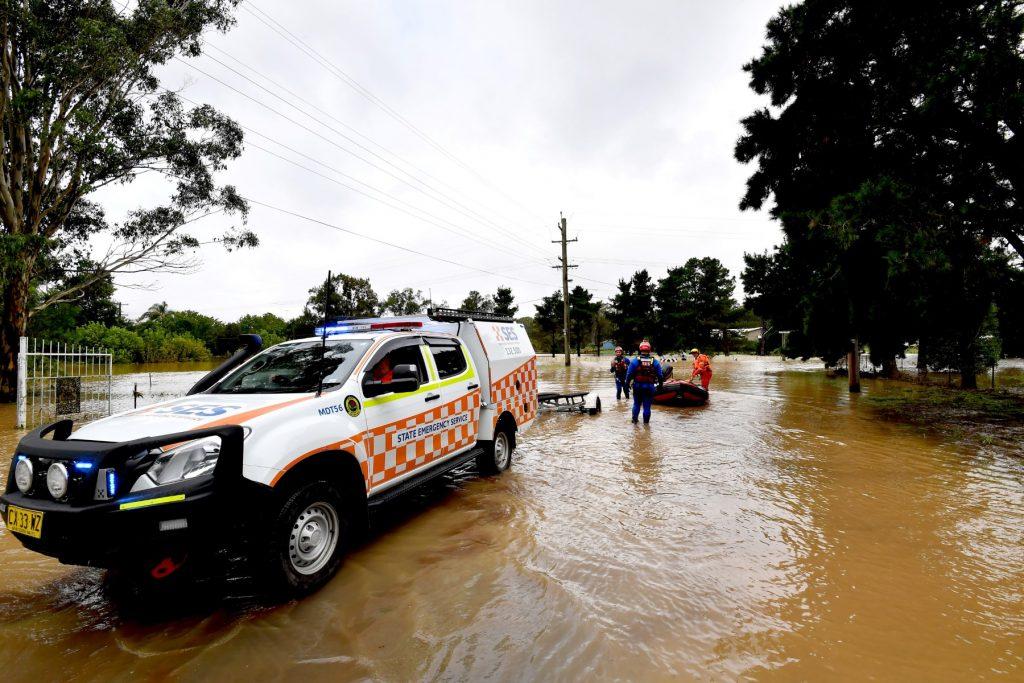Australia PM to declare east coast floods national emergency
The emergency declaration, which was set up after Australia's destructive 2019 bushfires, will give the federal government powers to cut red tape and deploy resources immediately, including more defence personnel.
Just In
Australia will declare devastating floods along its east coast a national emergency on Wednesday, local media reported, after weeks of rains left authorities struggling to rush food and essential supplies to the worst-hit areas.
Prime Minister Scott Morrison, on a visit to the devastated town of Lismore in northern New South Wales state, will also pledge more financial support for people and businesses, reports said. Morrison’s office did not immediately respond to requests for comment.
The emergency declaration, which was set up after Australia’s destructive 2019 bushfires, will give the federal government powers to cut red tape and deploy resources immediately, including more defence personnel.
It comes as Morrison, trailing in polls ahead of a federal election before May, has faced criticism over the government’s relief efforts in response to the floods, which have claimed 20 lives. Under Australia’s federal system, individual states usually handle emergency responses to natural disasters.
A second intense low-pressure system in as many weeks submerged large parts of Australia’s east coast with southeast Queensland and New South Wales the worst hit. Most of the deaths have been in flooded homes or in cars attempting to cross flooded roads.
Fast-rising floodwaters cut off entire communities and many people trapped in their homes were saved by local residents. Frustrated residents, with no access to food, power and internet for several days, have blamed authorities for the slow speed and scale of relief efforts.
Meanwhile, thousands of residents in Sydney’s northeast returned to their homes on Wednesday after rains eased, but major flooding continues in the city’s western suburbs.
“Thankfully, the rain has eased, and we’ll see water levels continue to slowly recede in the coming days,” Bureau of Meteorology forecaster Dean Narramore told reporters.
Australia’s east coast summer has been dominated by the La Nina weather phenomenon, typically associated with greater rainfall, with most rivers at near capacity even before the latest drenching.
Sydney has received nearly 900mm (35 inches) of rain so far in 2022, or about 80% of its annual rainfall, official data showed, the wettest start to a year since records began.
Subscribe to our newsletter
To be updated with all the latest news and analyses daily.
